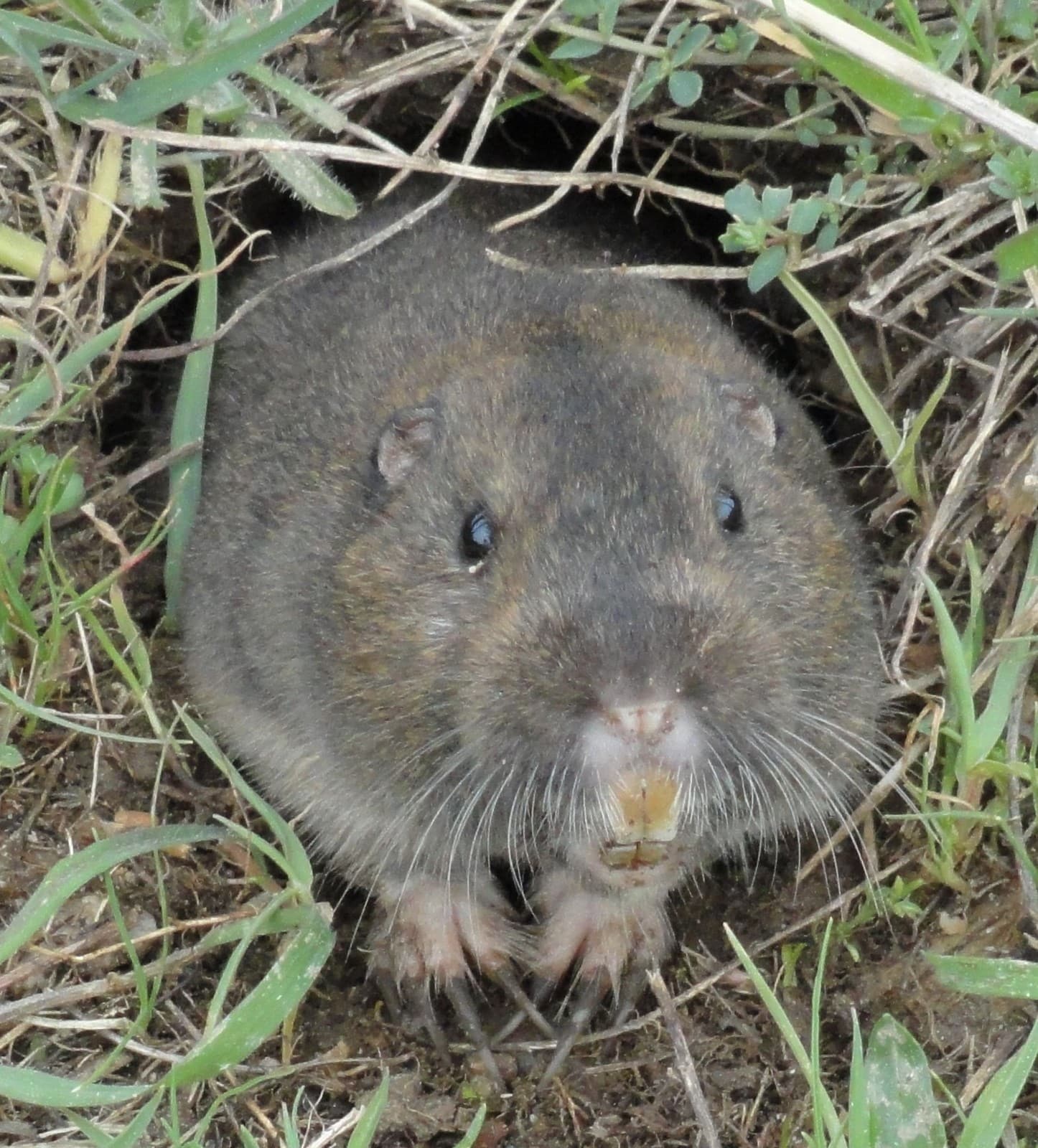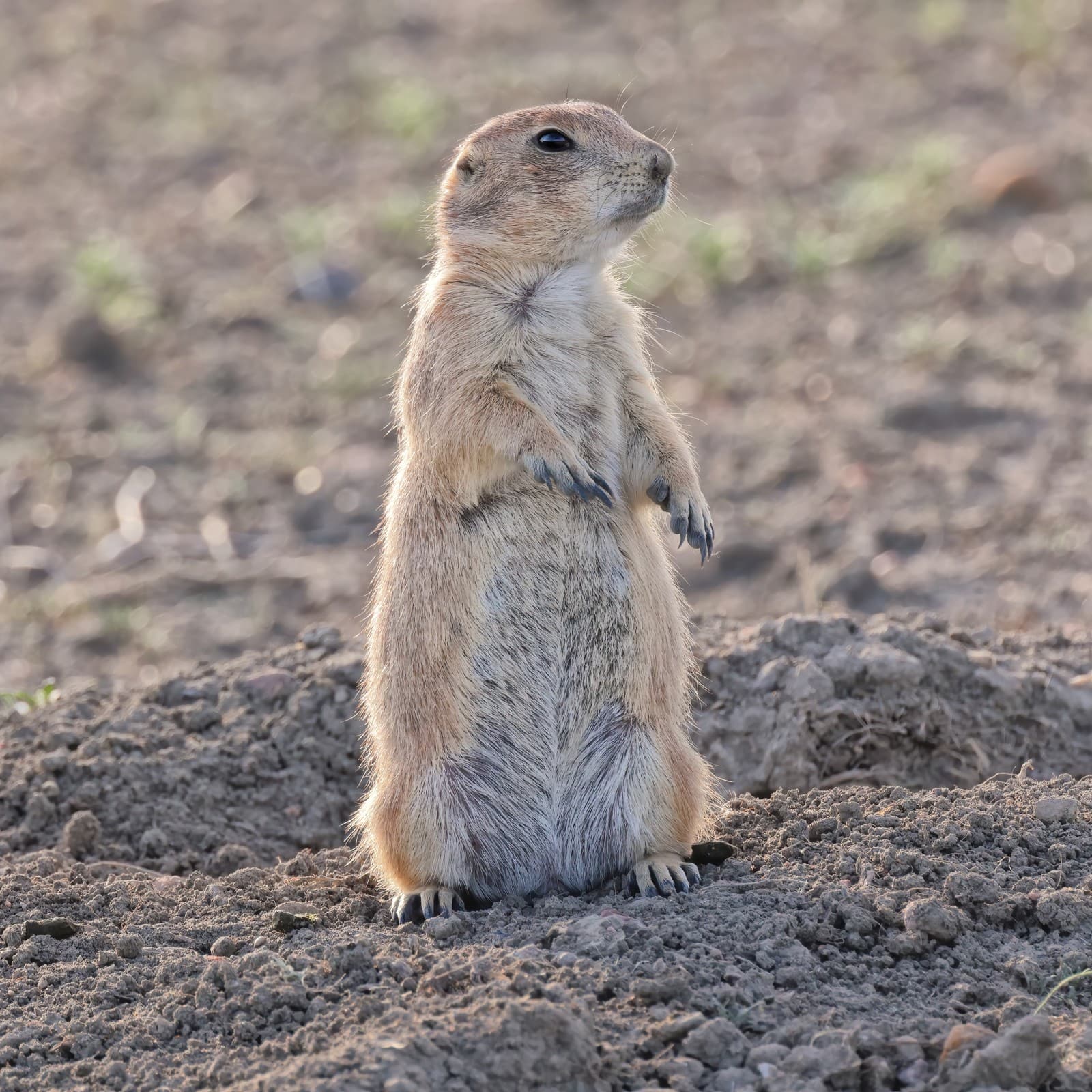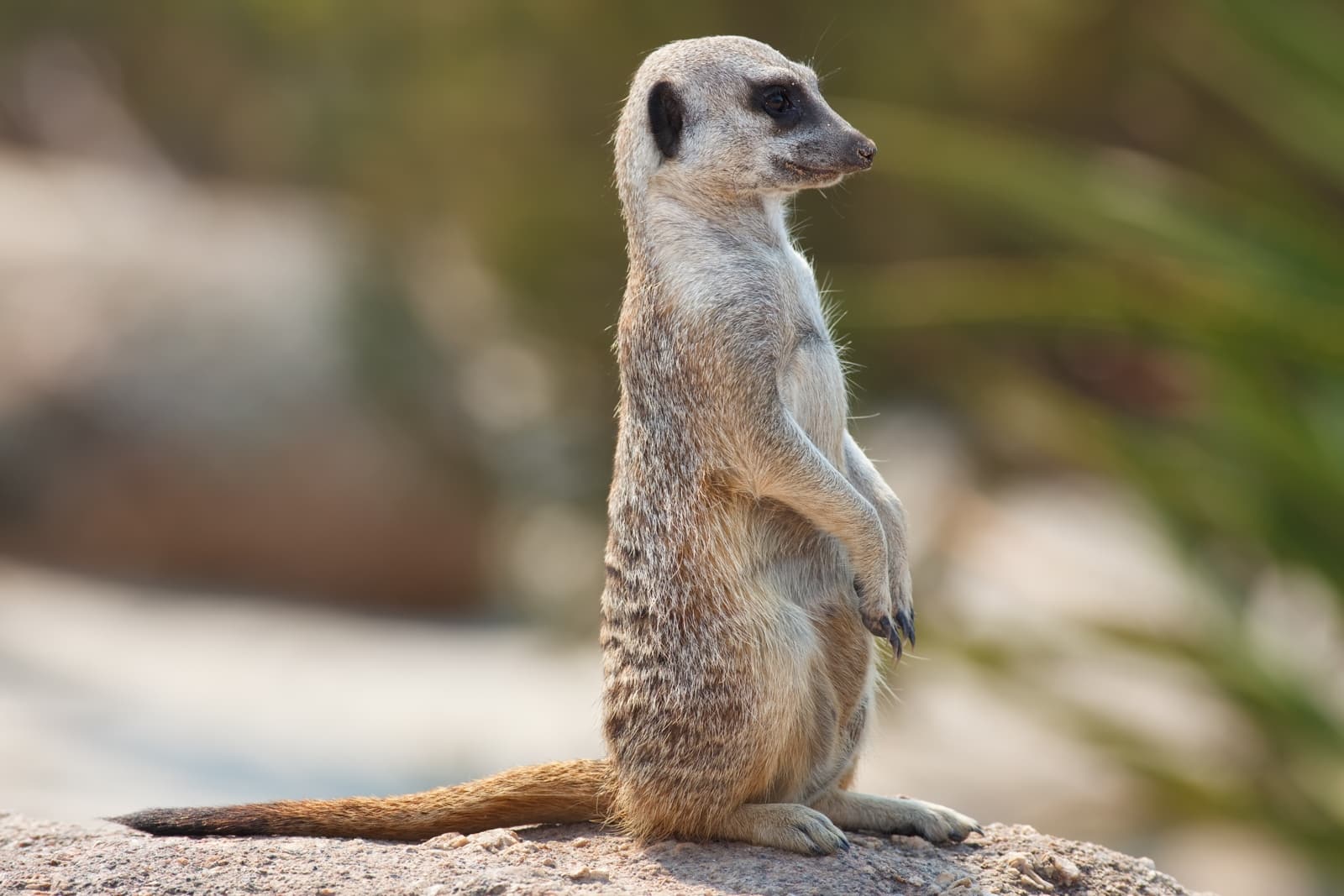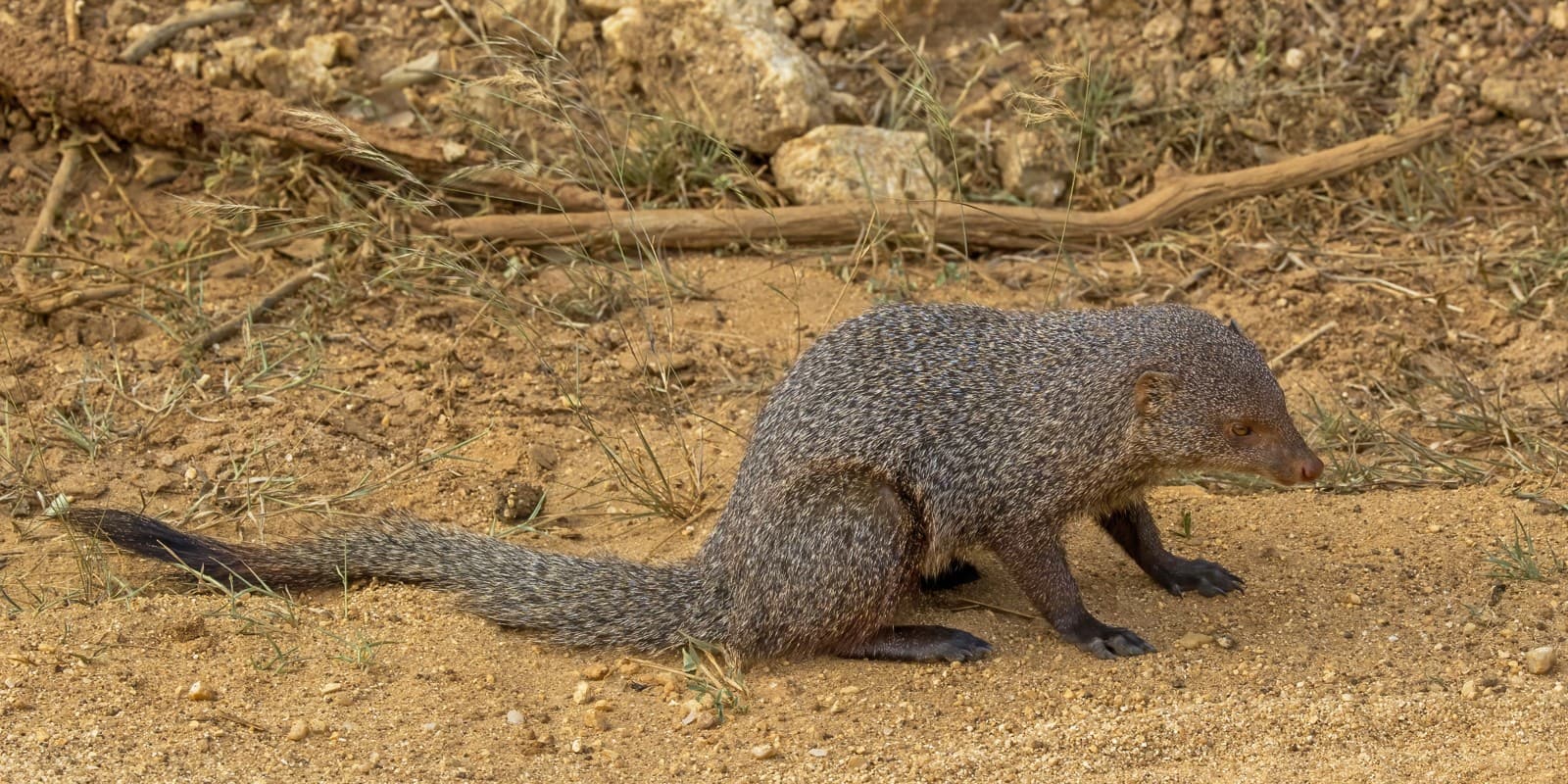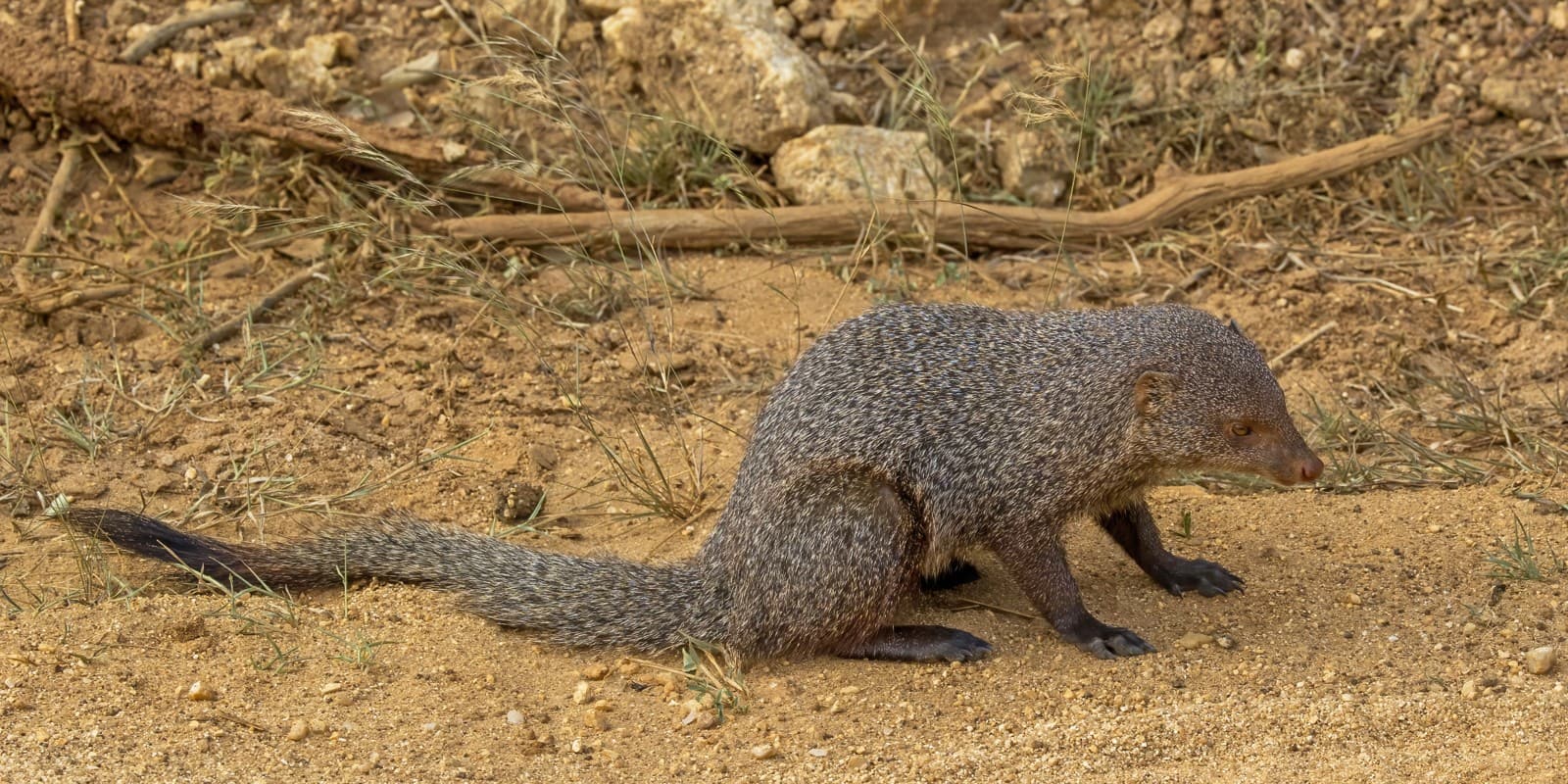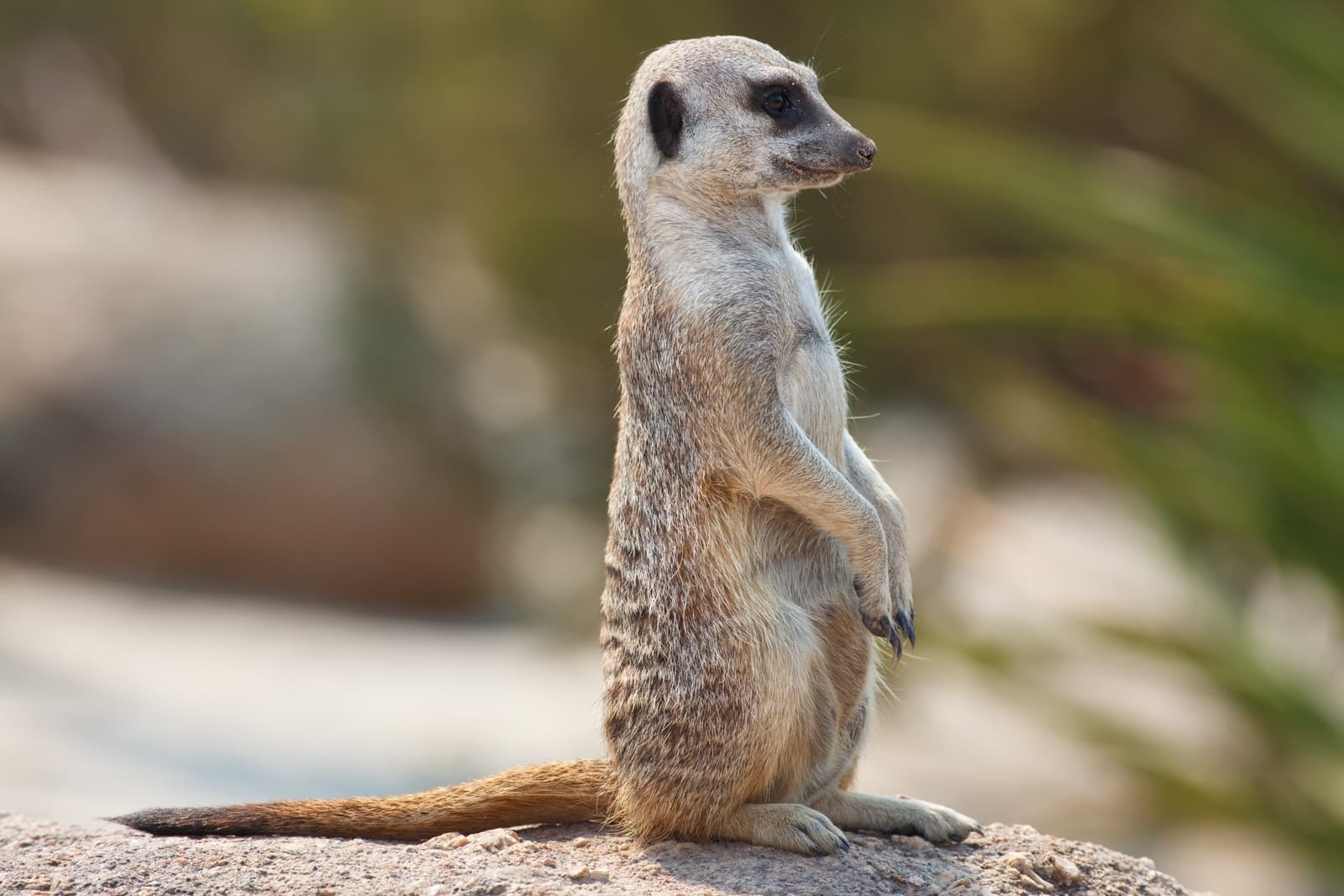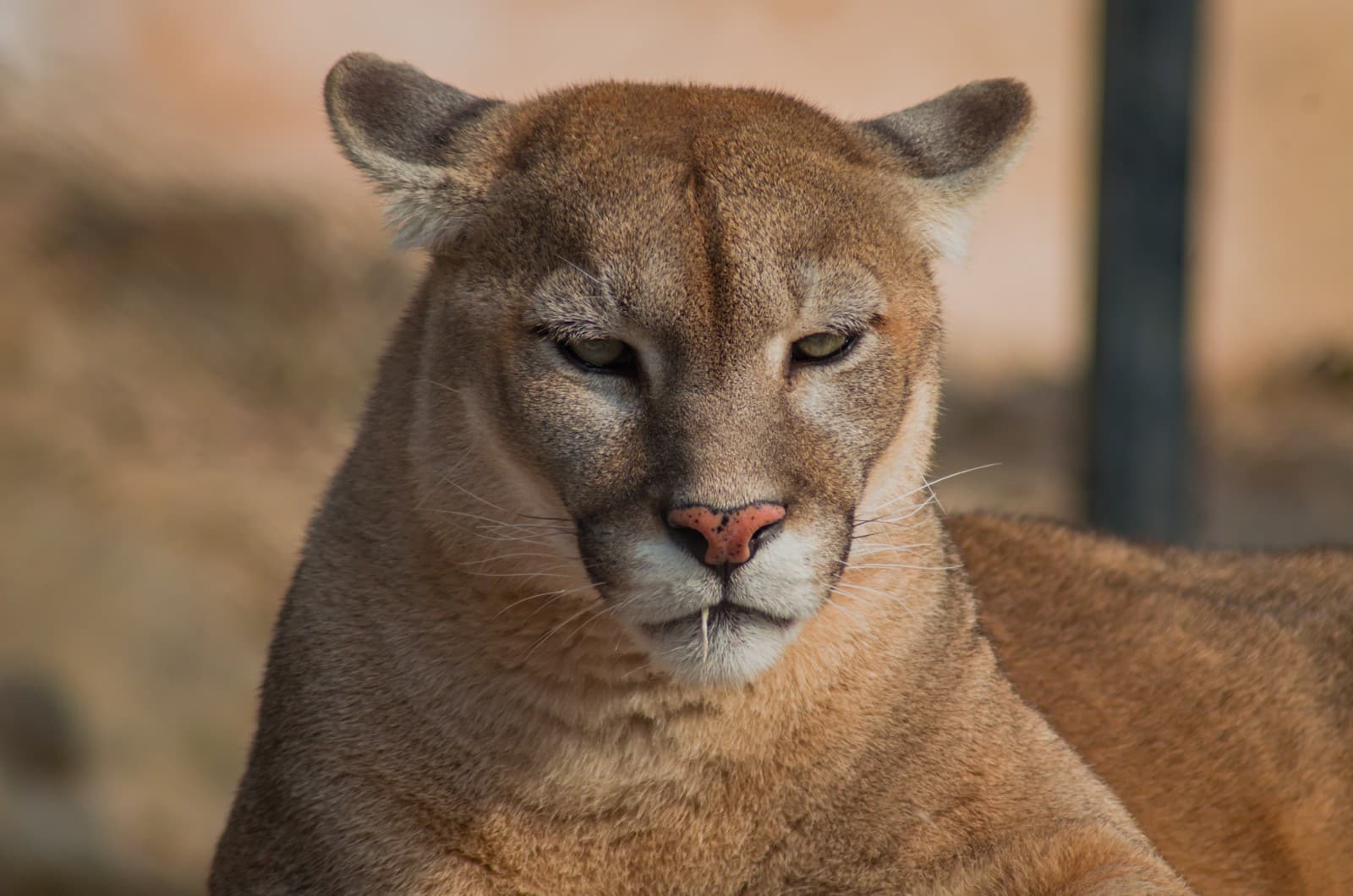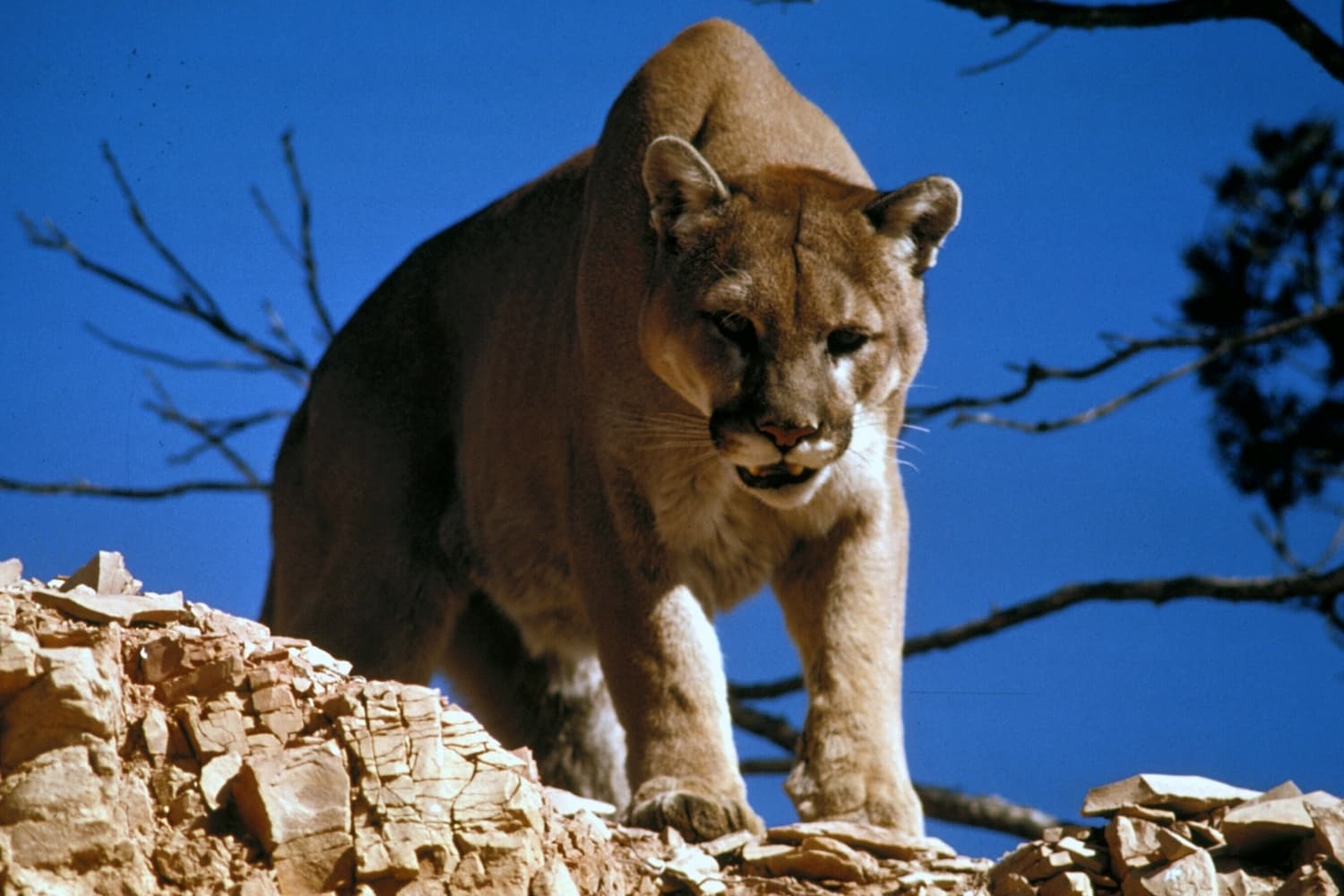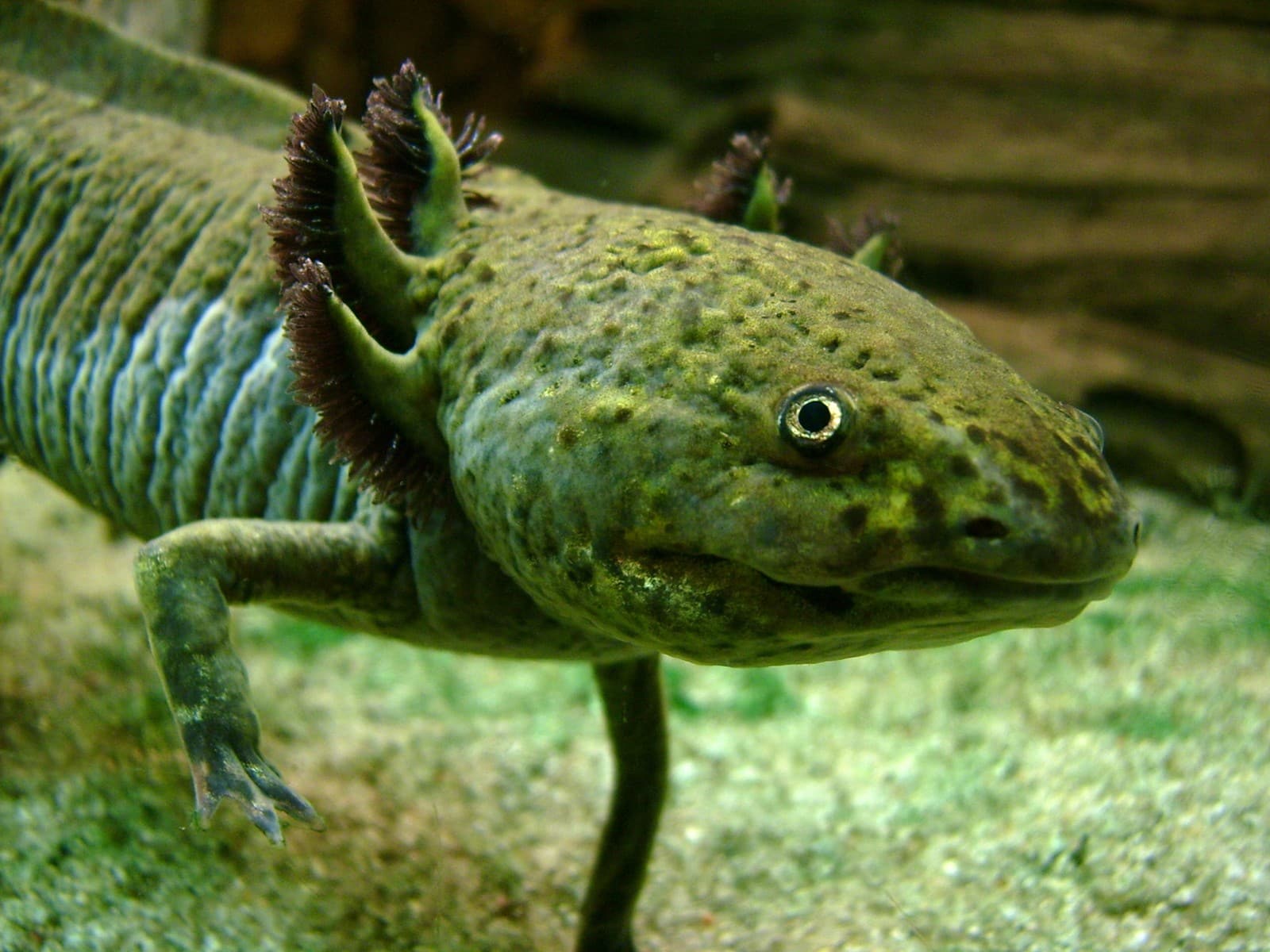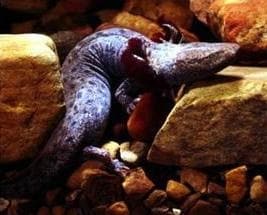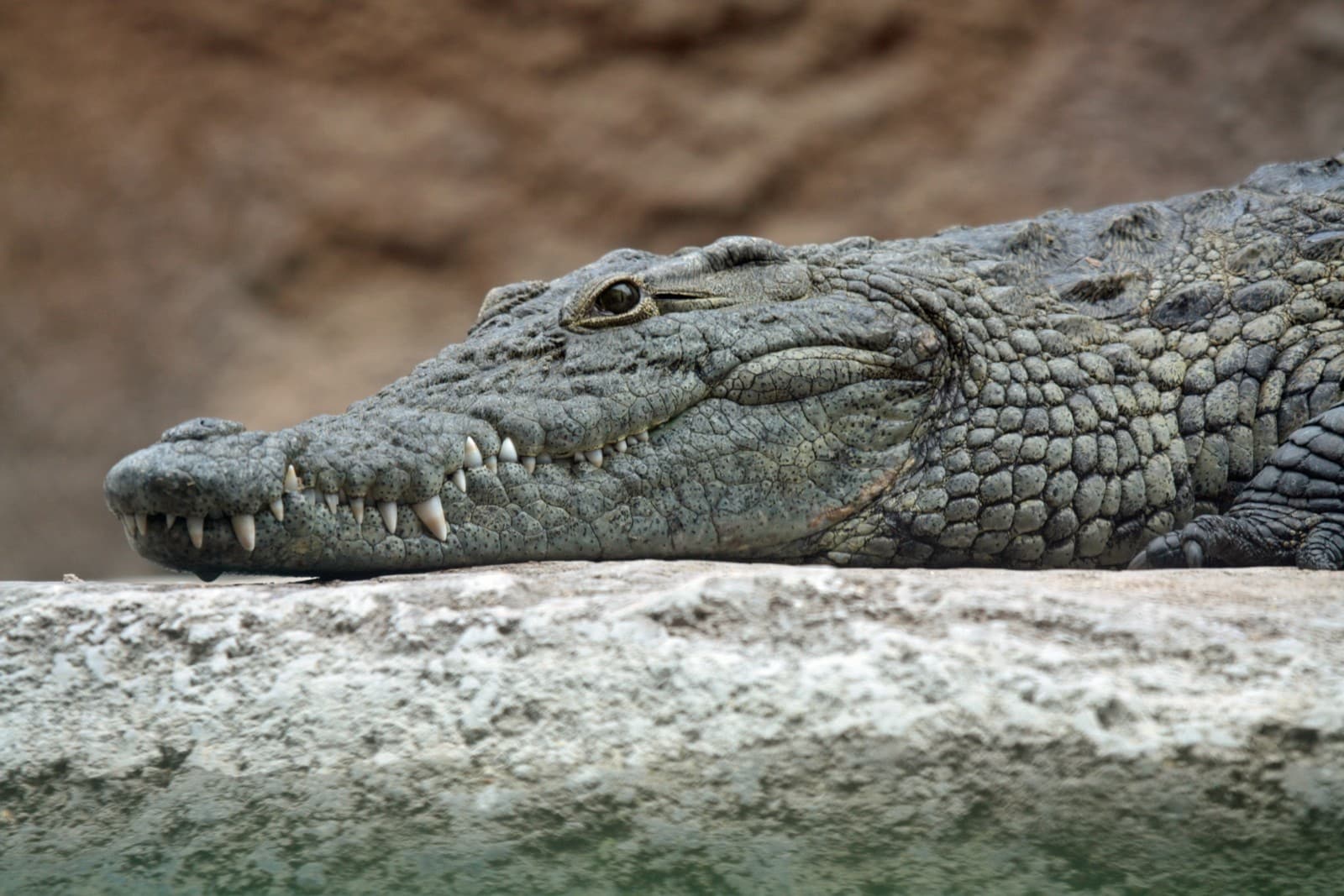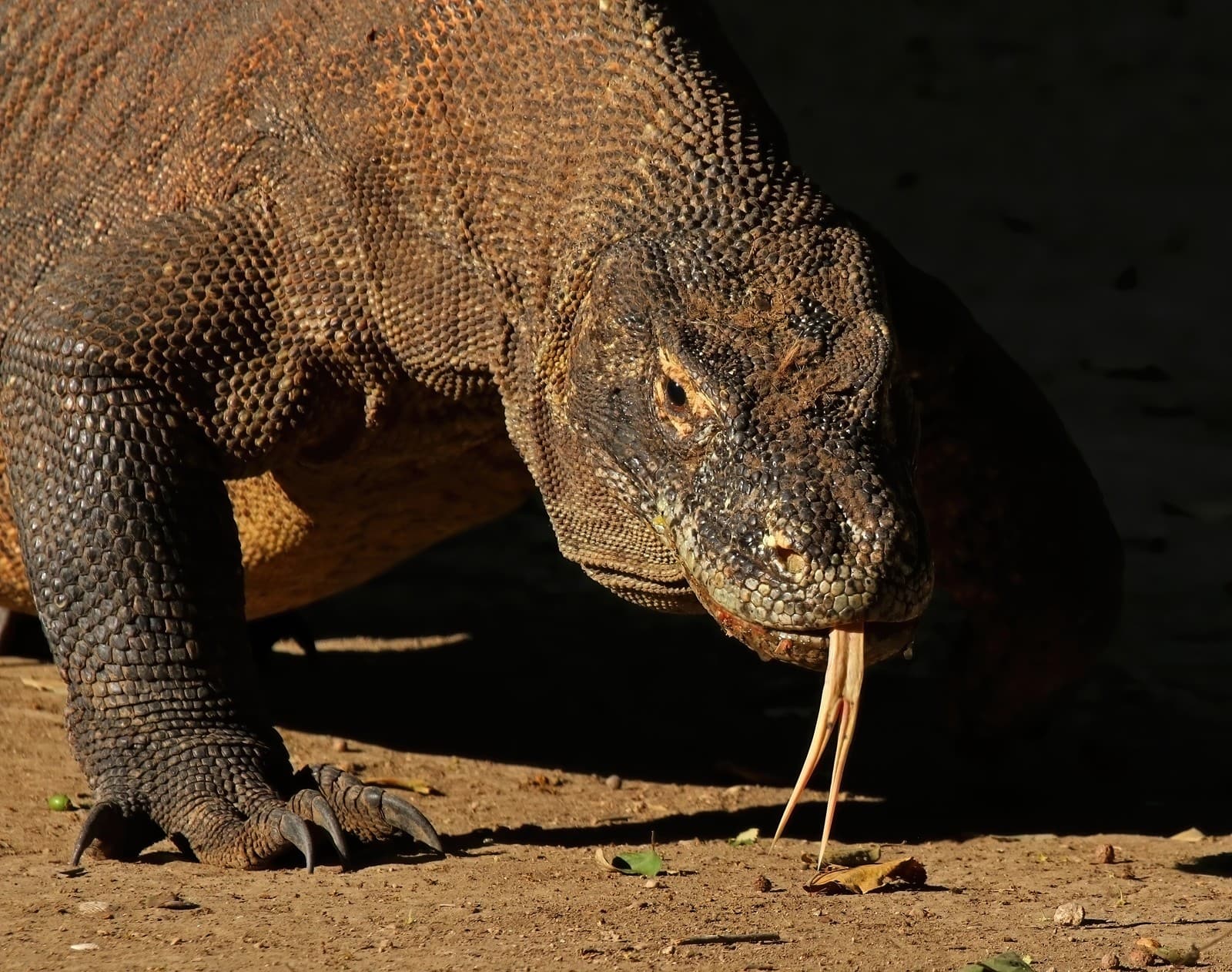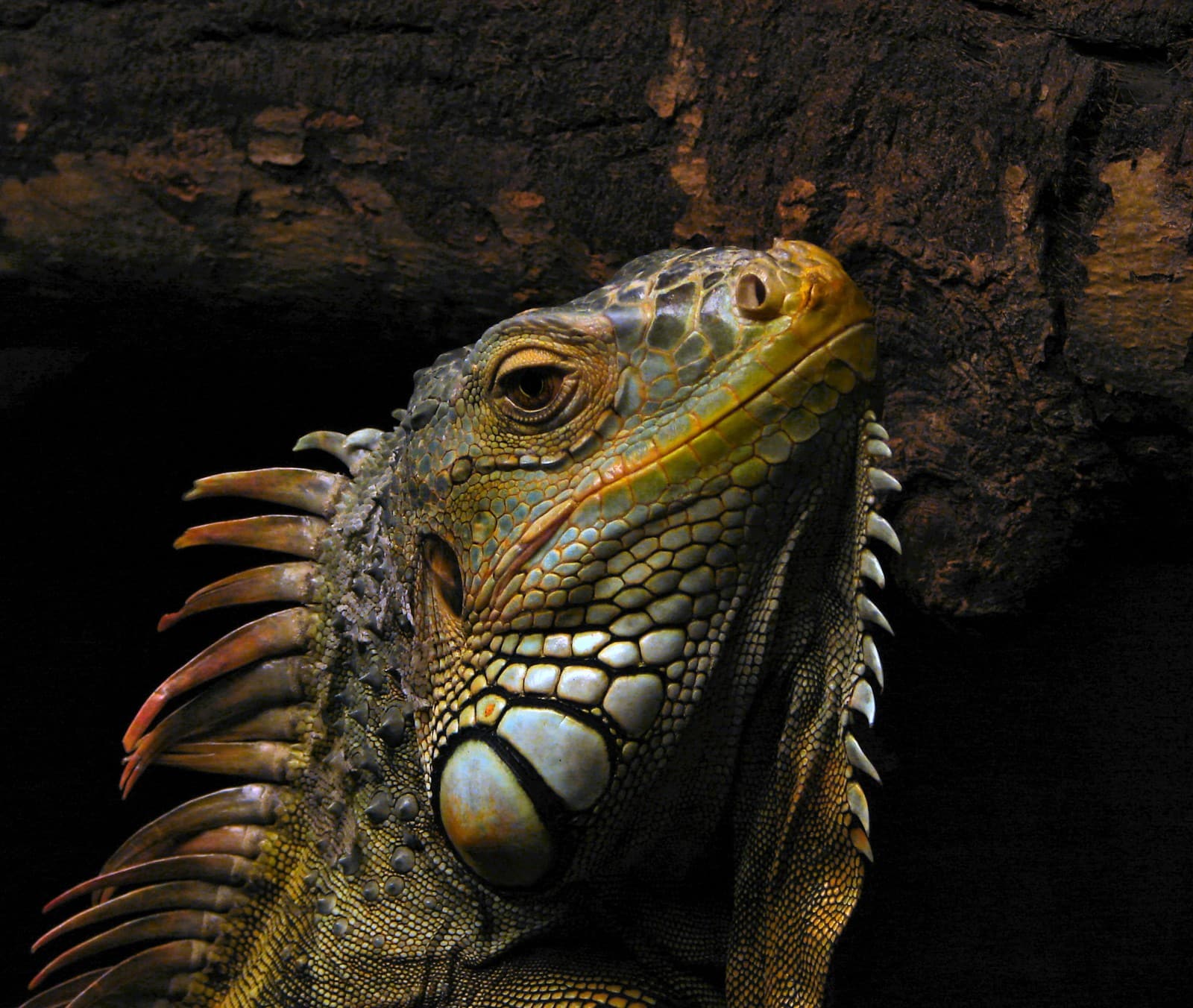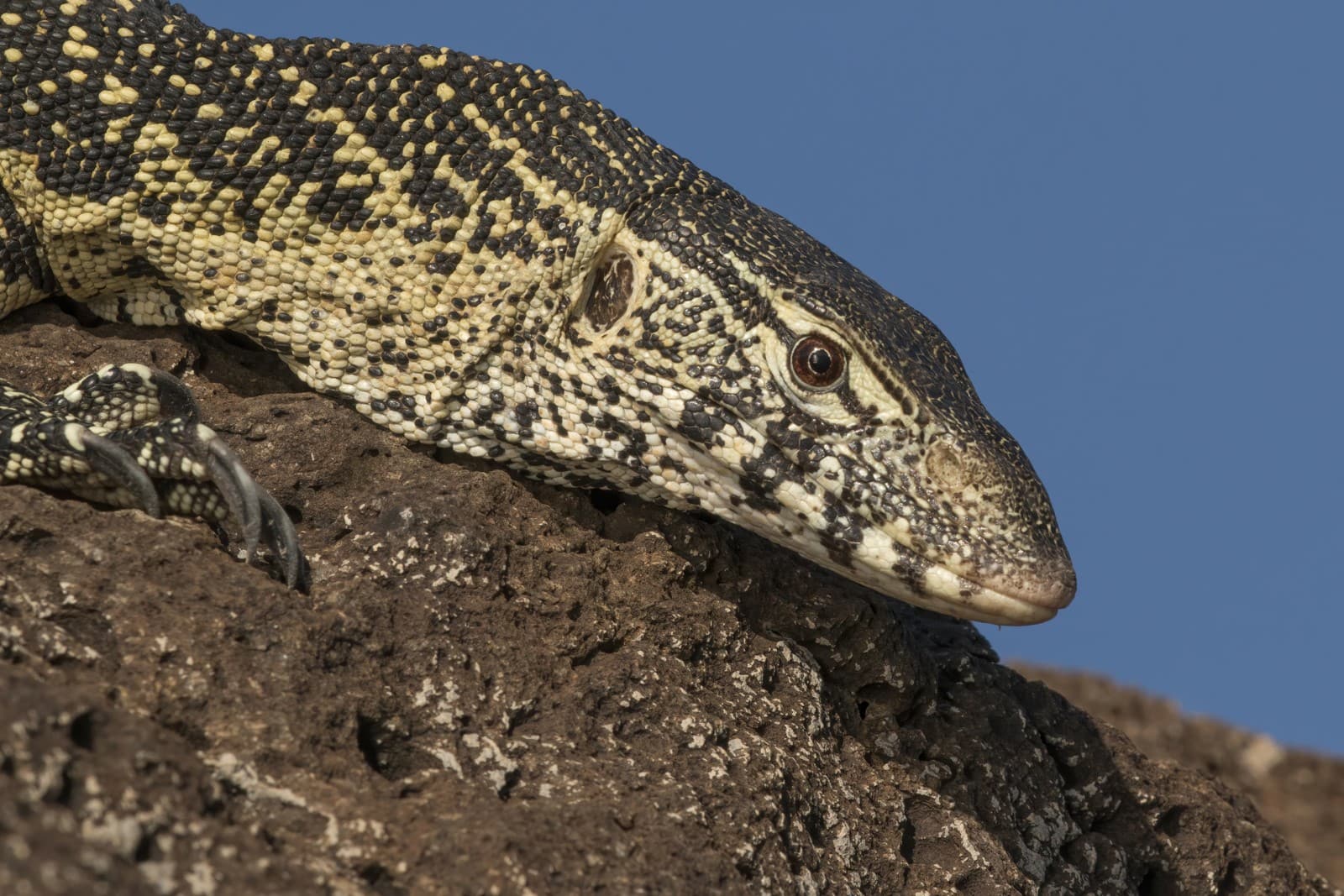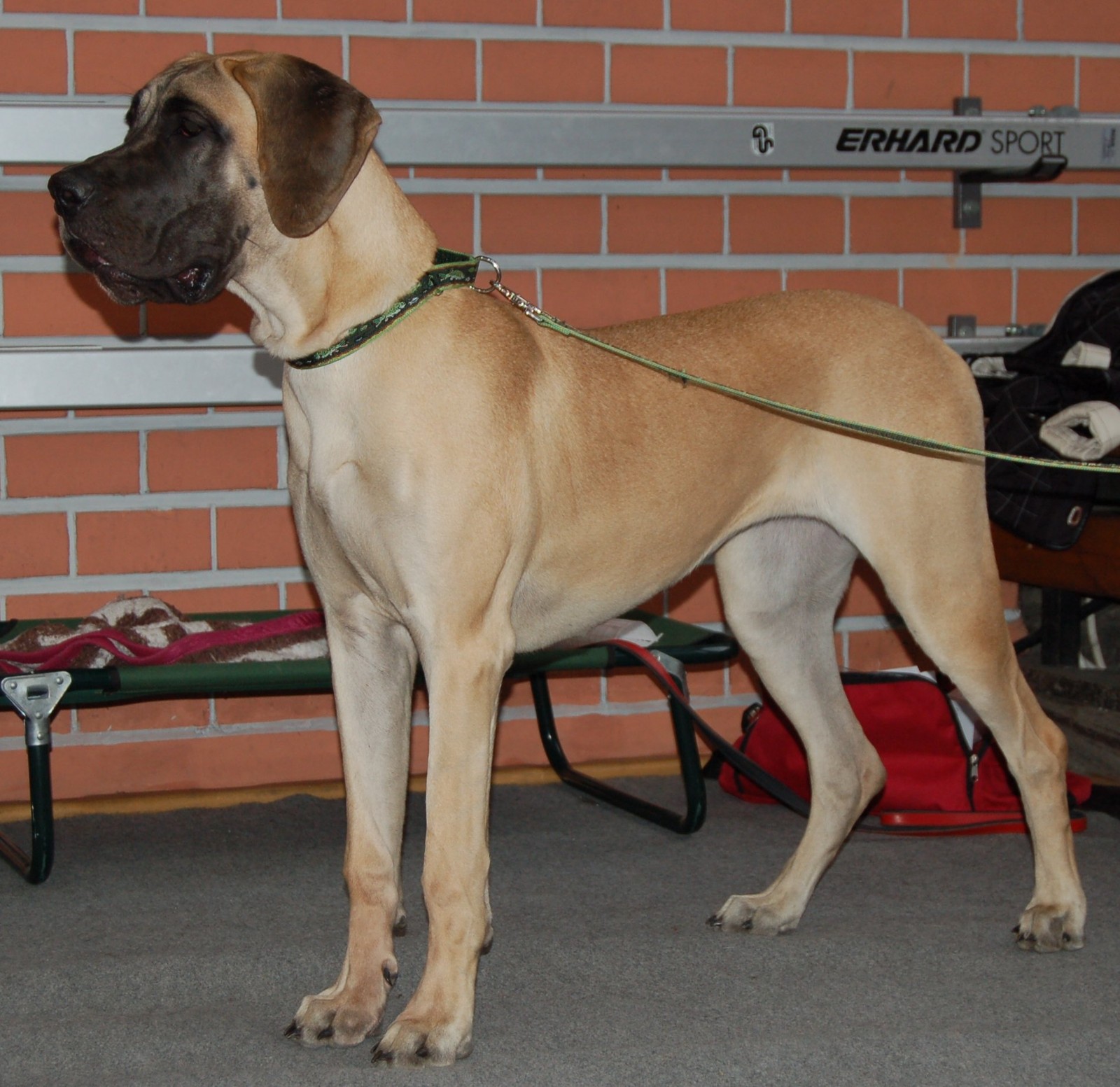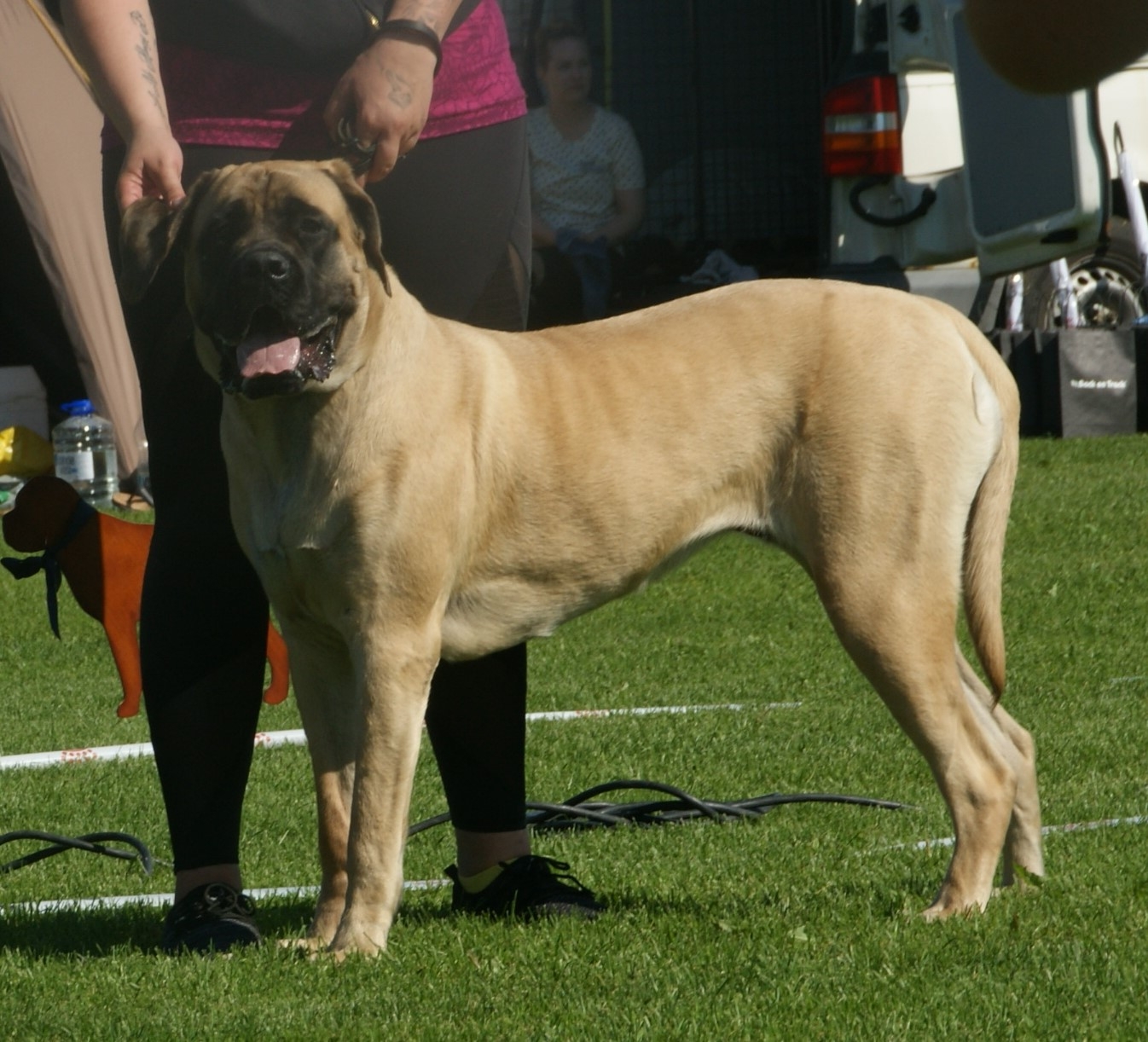Prairie Dog vs Meerkat: A Complete Comparison
While Prairie Dogs and Meerkats might appear similar with their upright sentinel poses and colonial lifestyles, these remarkable mammals evolved independently on different continents. Prairie Dogs, weighing 1-3 pounds (0.5-1.4 kg), are actually rodents native to North America, while Meerkats, typically 1.4-2.1 pounds (0.6-1 kg), are small mongooses from southern Africa.
Despite their distinct evolutionary paths, both species have developed remarkably similar social behaviors and survival strategies. Their parallel evolution demonstrates how similar environmental pressures can produce comparable adaptations in unrelated species.
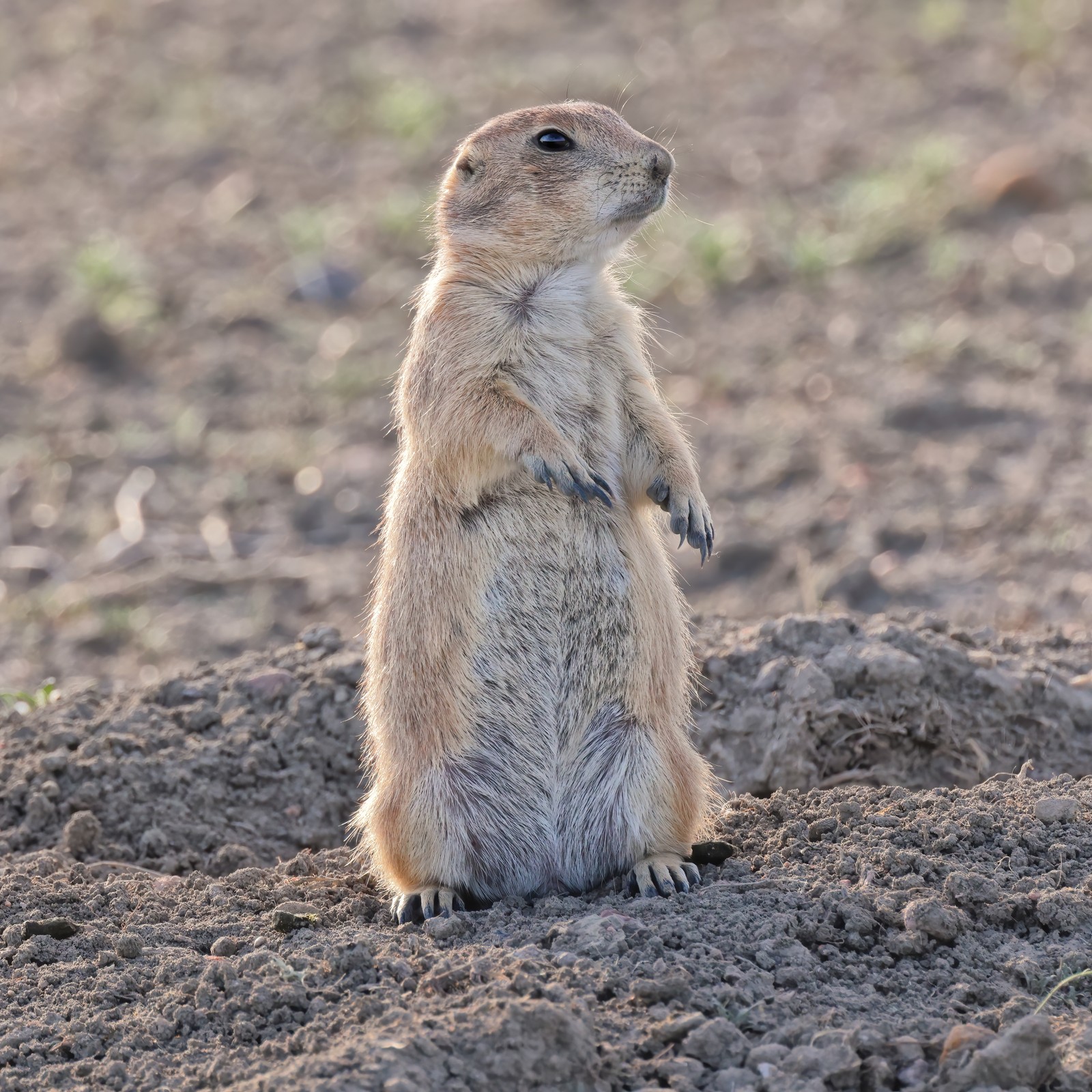
© Cephas / CC BY-SA 4.0
The Prairie Dog demonstrates its characteristic sentinel behavior, a crucial survival adaptation shared with Meerkats despite their separate evolutionary paths.
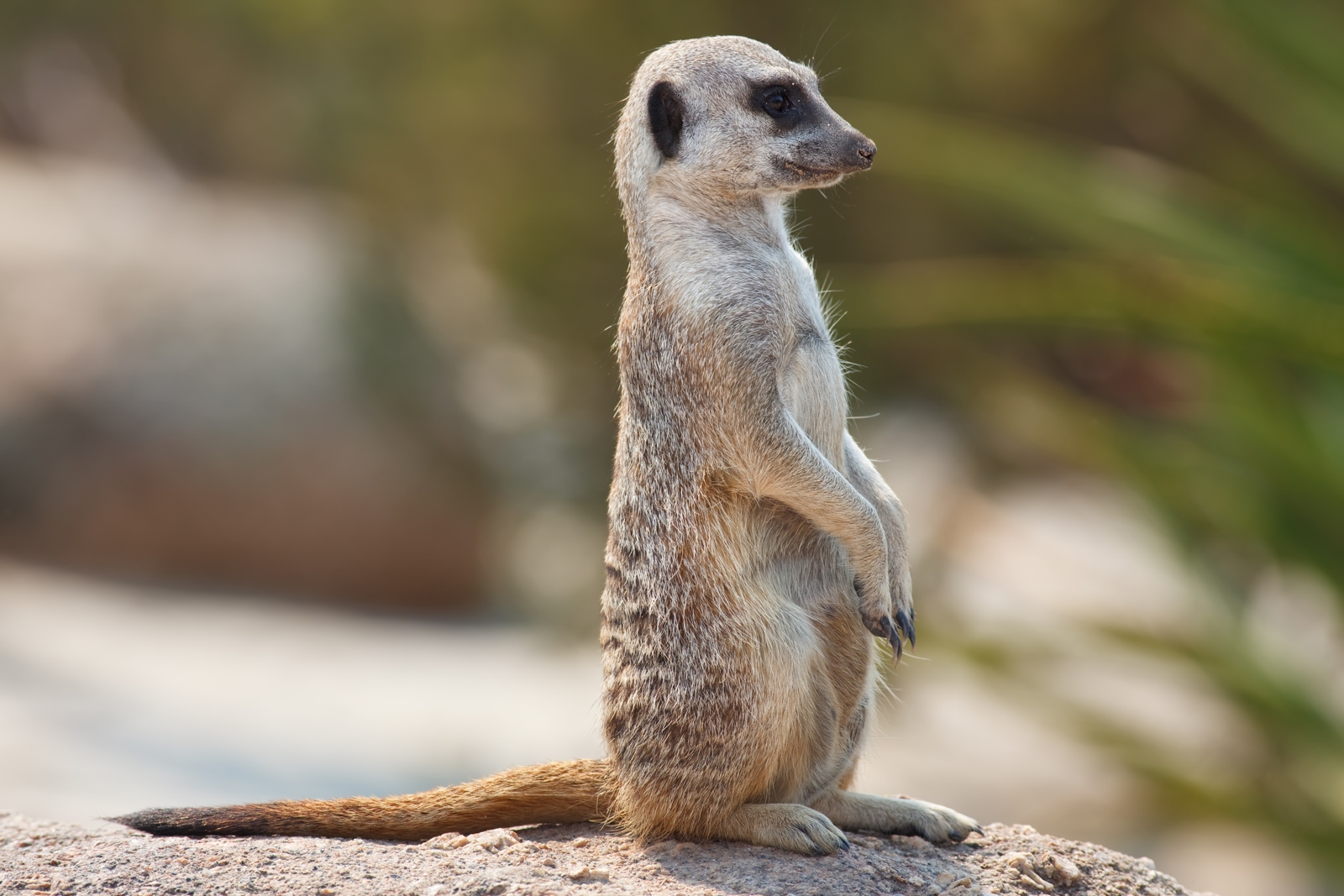
© Fir0002 / GFDL 1.2
A Meerkat maintains vigilant watch, showcasing the slender build and distinctive posture that sets it apart from the stockier Prairie Dog.
Key Differences: Prairie Dog vs Meerkat
| Feature | Prairie Dog | Meerkat |
|---|---|---|
| Classification | Rodent (Family: Sciuridae) | Mongoose (Family: Herpestidae) |
| Size | 12-16 inches (30-40 cm) | 10-14 inches (25-35 cm) |
| Weight | 1-3 pounds (0.5-1.4 kg) | 1.4-2.1 pounds (0.6-1 kg) |
| Diet | Herbivorous (grasses, seeds) | Carnivorous (insects, small vertebrates) |
| Colony Size | Up to 1,000 individuals | 20-50 individuals |
| Lifespan | 3-5 years (wild) | 8-12 years (wild) |
Habitat and Distribution
Prairie Dogs are native to North American grasslands, inhabiting vast prairie ecosystems from Canada to Mexico. Their colonies, called “towns,” can span hundreds of acres and house thousands of individuals. These rodents prefer short-grass prairies where they can maintain clear sightlines of potential predators.
Meerkats, conversely, call the arid regions of southern Africa home. From the Kalahari Desert to parts of Namibia and Botswana, these small carnivores thrive in semi-desert environments with scattered vegetation and firm soil suitable for their extensive burrow systems.
Social Structure and Behavior
Both species exhibit fascinating social structures, though with key differences. Prairie Dog colonies organize into family groups called coteries, typically consisting of one male, several females, and their offspring. Their complex vocal communication includes specific alarm calls that can describe the type and location of threats.
Meerkat societies, known as mobs or gangs, operate under more hierarchical structures. A dominant breeding pair leads each group, with subordinate members helping to raise young and maintain sentinel duties. Unlike Prairie Dogs, Meerkats practice cooperative breeding, where helpers assist in raising the dominant pair’s pups.
Survival Strategies
While both species rely on sentinel behavior for survival, their defensive tactics differ significantly. Prairie Dogs modify their habitat extensively, creating complex tunnel systems and maintaining short vegetation around their colonies. Their primary defense involves early warning systems and quick escape into burrows.
Meerkats employ more active defense strategies. Besides their sentinel system, they will actively mob predators as a group and even teach young members hunting skills. Their sharp claws and teeth, evolved for catching prey, also serve as effective defensive weapons.
Who Would Win in a Confrontation?
While direct confrontations between these species would never occur naturally, a theoretical comparison reveals interesting insights. Meerkats, as carnivores with sharp claws and teeth, possess more formidable natural weapons than Prairie Dogs. Their aggressive defensive behavior and predatory instincts would likely give them an advantage in any direct conflict.
However, both species have evolved to avoid confrontation through early warning systems and escape strategies rather than direct combat. Their success lies not in fighting ability but in their remarkable social cooperation and vigilance systems.
Conservation Status and Threats
Both species face significant challenges in the modern world. Prairie Dog populations have declined by over 95% since the 1900s due to habitat loss, persecution as agricultural pests, and sylvatic plague. Meerkats, while not currently endangered, face increasing pressure from habitat degradation and climate change in their arid ecosystem.
Understanding these fascinating mammals’ similarities and differences helps highlight the importance of preserving both species and their unique roles in their respective ecosystems.
